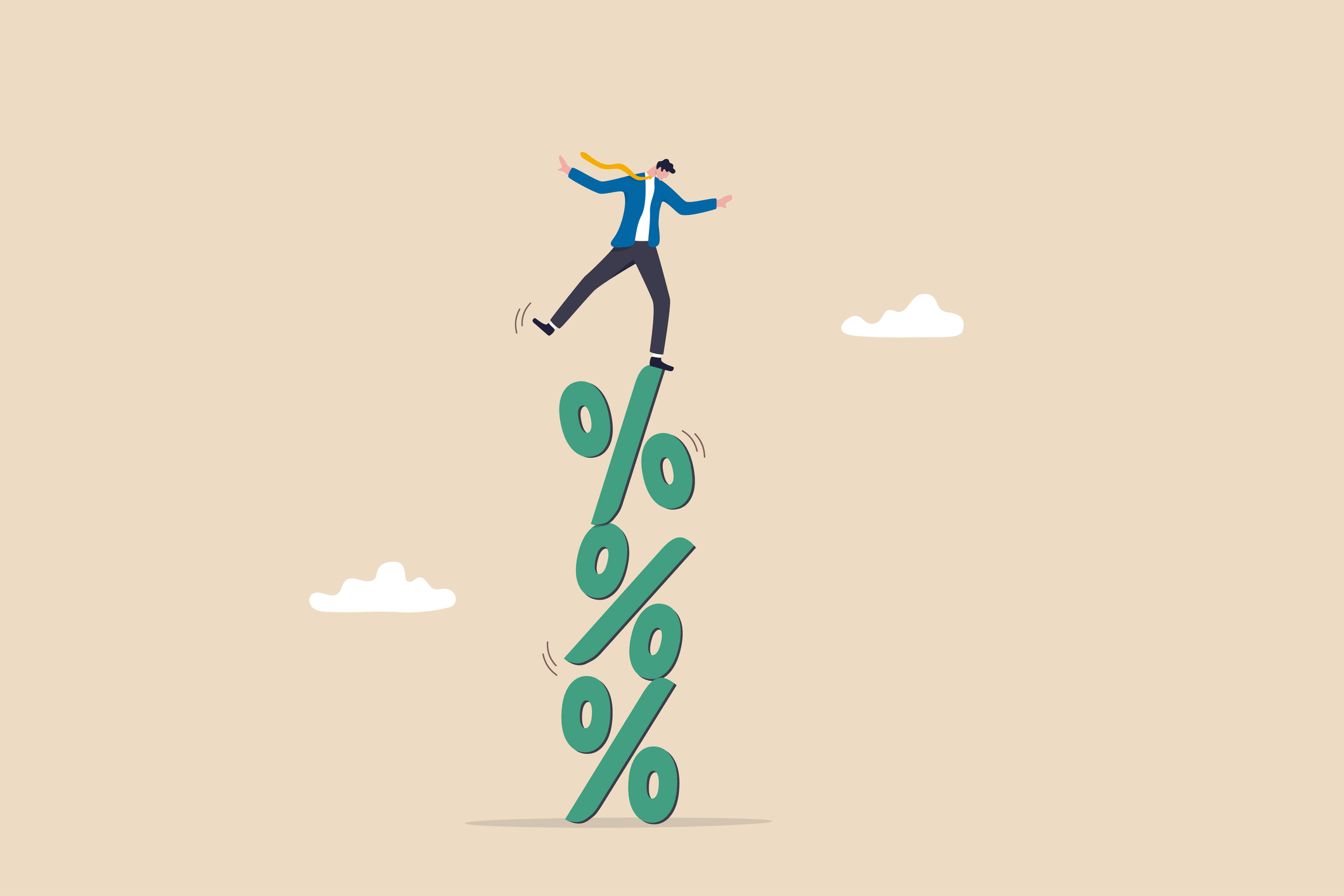
To help you understand what is going on in the financial sector and what we expect to happen in the future, our highly experienced Kiplinger Letter team will keep you abreast of the latest developments and forecasts (Get a free issue of The Kiplinger Letter or subscribe). You'll get all the latest news first by subscribing, but we will publish many (but not all) of the forecasts a few days afterward online. Here’s the latest…
Now that the Federal Reserve has increased its rate by more than five percentage points and bond yields have recently climbed steeply, we hear a lot of talk about when interest rates are going to go back down “to normal.” Our view: They aren’t. This is a return to normal after 15 years of short-term rates near 0%.
The Fed may be about done hiking rates. But it won’t be slashing them again, the way it did repeatedly in the past two decades when recessions or financial crises hit. Markets have grown conditioned to nearly cost-free money whenever the economy gets into trouble. We think the Fed can no longer oblige. Lingering inflation, still smoldering now, could flare up again quickly if the Fed resorted to its recent instinct to cut deeply.
Ditto for bond yields. Higher for longer is our outlook. While we don’t expect a repetition of the early 1980s, when yields shot above 10 percent, they’ll stay elevated for the foreseeable future. The benchmark 10-year Treasury, now yielding 4.9 percent, could eclipse 5% in the near term. It may slip a bit next year. But we won’t return to yields starting with a one or a two. Think 4% or more.
Note the many economic implications of this basic shift in financing costs:
- Savers can finally earn a decent return on cash, money market funds, etc.
- By extension, investors will feel less pressure to buy stocks. The old cliché that “there’s no alternative” to stocks no longer applies when cash earns 5 percent or more with no risk. So, there will be less pressure to buy stocks, especially speculative ones.
- Pension funds will be in better financial shape now that the available yields on safe instruments like Treasuries are so much higher than they’ve been in years.
- Annuities will offer better terms to compete with respectable interest rates.
Of course, higher rates hurt borrowers of all types. Homebuyers, especially. Today’s mortgage rates aren’t high by historical standards, but they are the highest in two decades. That, plus high prices, are leading many would-be buyers to give up.
Higher mortgage rates figure to keep a tight lid on home sales: 60% of folks with a mortgage locked into a rate below 4% in recent years. Many of them won’t want to sell their home and pay 7% on a new loan. Thus, a continuing dearth of listings.
Then there’s the biggest borrower of all — Washington. Higher bond yields make the Treasury’s mounting debt even more daunting. Just financing the debt is going to cost about $800 billion this fiscal year. Later this decade, over $1 trillion. Uncle Sam’s red ink will put the Fed in a bind. Does it cut interest rates to keep government financing costs bearable, and risk worse inflation in the future? It’ll resist calls to do so, but with no end to huge deficits in sight, the Fed may crack.
This forecast first appeared in The Kiplinger Letter, which has been running since 1923 and is a collection of concise weekly forecasts on business and economic trends, as well as what to expect from Washington, to help you understand what’s coming up to make the most of your investments and your money. Subscribe to The Kiplinger Letter.







